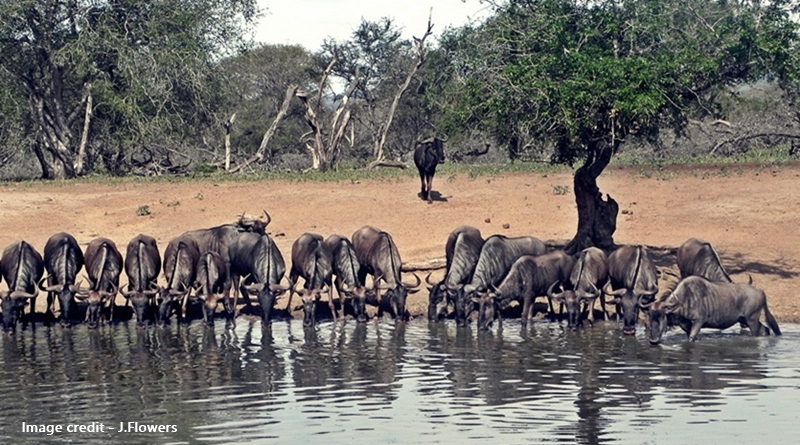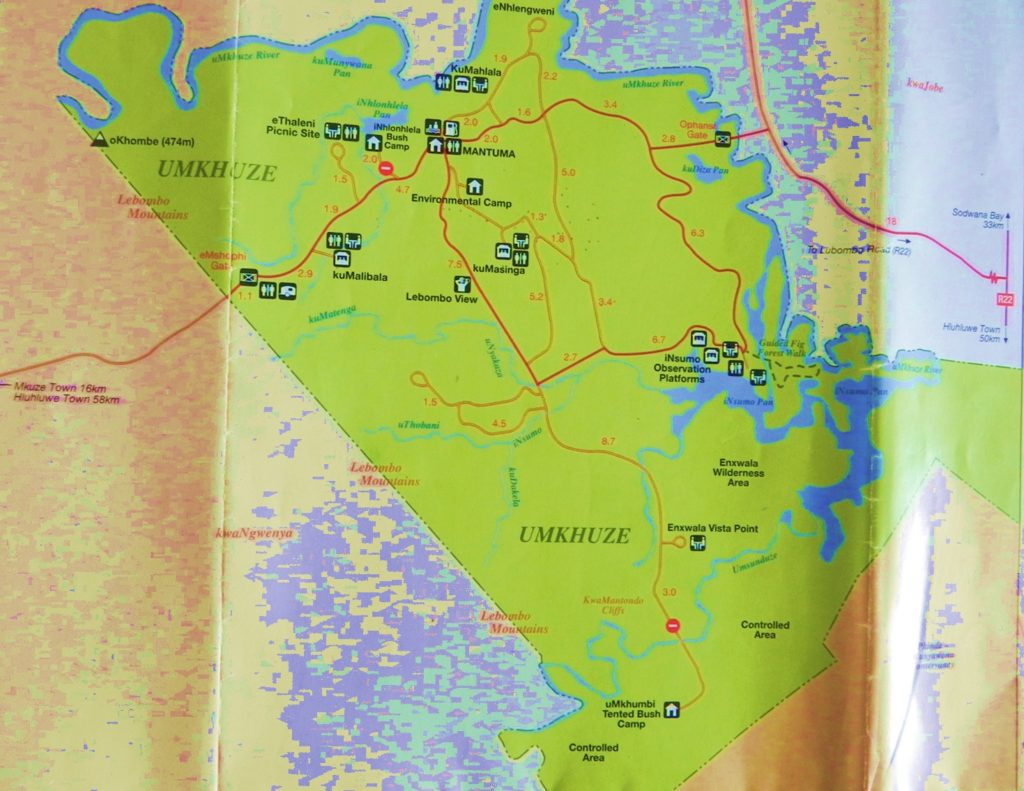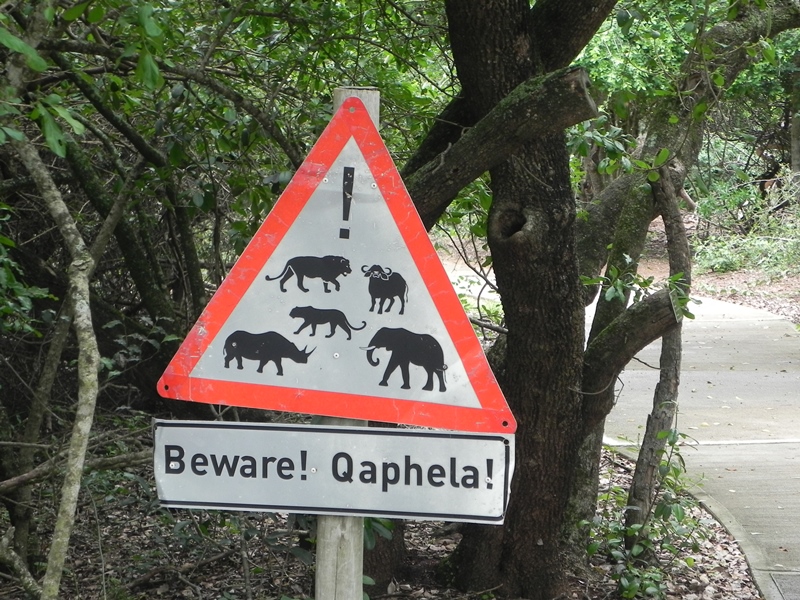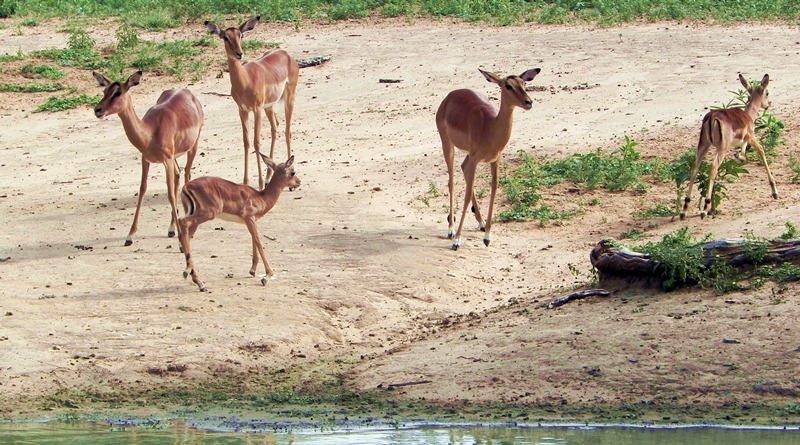I use affiliate links on my blog. When you click on my links, I may make a commission. Thank you!

uMkhuze Game Reserve makes up part of the iSimangaliso Wetland Park, a World Heritage site in KwaZulu Natal, South Africa. The entire area’s made up of Lake St.Lucia, Western Shores and Charters creek, False Bay, and Sodwana Bay. Also incorporated, is Lake Sibaya, the Coastal Forest area, Kosi Bay, and uMkhuze. Just over 332,000 hectares in size, (815,000acres), uMkhuze contributes 40,000 hectares. It consists of sand forest and bushveld. The large iNsumo pan provides most of the water to the area. Strategically placed hides and picnic sites allow visitors the opportunity to view the birds and animals. What can you expect from the different facilities?
The hides in uMkhuze Game Reserve
While discussing hides, I chose to discount those at places like the hunting camp and private lodges. For the average visitor in the park, access to those hides remains off-limits. Firstly, note that over the last three years all the main hides received a total makeover. These include kuMalibala hide, kuMasinga hide, and kuMahlala hide. Plus, the two bird hides at iNsumo pan. A small bird hide at the main reception in Mantuma Camp sadly lost the charm of yesteryear. Unfortunately, the little fountain broke and without water, there’s nothing to attract the birds.
Notably, the remaining hides, now revamped, come with cemented walkways between boma-style fencing. Actually, walking through to the hide brings a pleasant experience. In fact, visitors can see through the sticks into the wild. Quite safe from the big five, the hides bring an ideal opportunity to stretch the legs. Each hide offers toilet facilities and some of them provide picnic sites. Interestingly, the picnic sites don’t come with fences, so a reasonable amount of vigilance is advised. More details on the actual hides come further down in this article.

Picnic sites in uMkhuze – eThaleni, Mantuma and iNsumo
Near the main western entrance to the reserve, the campsite offers ablution blocks and shady trees. Not actually a picnic site, if camps remain vacant, picnickers are welcome. Naturally, in peak periods a full camp strikes the option off the to-do list. The other picnic site on that side of the reserve really qualifies as a nothing-burger. eThaleni picnic site consists of a cleared area with no shade, tables or toilet facilities. So, give it a miss. Meanwhile, for day visitors, the picnic site at Mantuma Camp provides shade. Enjoy attractive lawns, barbeque areas, and toilets at the main reception.
iNsumo pan picnic site near the two bird hides provides a wonderful opportunity for bird watchers. From the car park where the toilet’s located, you follow a cement path through the riverine forest. With no fences, exercise caution as hippos abound in the area. Often, signs that elephants visited in the night become apparent. The picnic site’s clean, shaded by tall fever trees and cooled by breezes off the water. Pleasant surroundings make for a relaxing time. But, beware of getting too close to the water’s edge as crocodiles also lurk in the shallows.

kuMahlala picnic site, Enxwala, and KuMasinga
The kuMahlala hide also provides picnic facilities. Small, and located in the car park, toilet facilities exist. The site often attracts trumpeter hornbills and baboons. But, large animals tend to stay away. Another picnic site in the southern area exists at a viewpoint. However, note that the viewpoint really no longer qualifies as that. Actually, the trees grew up over the years and hide any view. One picnic table and no toilets make for a dismal lunch spot. But, as a turn-around spot, the Enxwala Vista Point’s in a good place. The drive takes visitors through areas where the animals stay in the dry season, making for good game-viewing.
kuMasinga picnic tables dot the edges of the parking area for the hide and provide another place to relax. Set next to the sand forest and close to the water hole, birds and animals often pass by. None of these sites provide food concessions or drinkable water. So, make sure you pack all the refreshments you might require. Additional toilet paper might not go amiss either. Once again, the picnic area does not come fenced, so exercise caution. If you wish to picnic at the kuMalibala hide, note no tables are provided, despite the markings on the map.

Hide reviews in uMkhuze Game Reserve – kuMasinga and kuMalibala
The most popular uMkhuze hide is without a doubt kuMasinga. As previously mentioned, all the hides were refurbished and remain in excellent condition. kuMasinga presents many opportunities for photos of nyala, wildebeest (gnu), impala, and zebra. Occasional elephant sights are reported, as are rare rhino sightings. During the heat of the day, expect to find impala gathered there. Notably, rhinos most probably get spotted in the late afternoons, and lions have been seen as well. Also, expect to see oxpeckers, tick birds, turaco’s, doves, and Egyptian geese.
kuMalibala near the campsite and the main entrance comes next. There, the hide shut down for years, but now the pumps work again and animals become familiar with it. Lion, occasional wild dog, occasional elephant, and giraffe come for water. Plentifully, zebra and wildebeest make their way there as well. Nevertheless, the animal numbers are quite low since the devastating 2015 drought. Pygmy geese make their home there and vultures enjoy sunning themselves on the nearby trees.

What to expect at iNsumo bird hides and kuMahlala hide
The two bird hides at iNsumo pan lie close to the picnic site. Conveniently, out above the water, look out for pelicans and storks. Along the water’s edge, herons abound, as do waders of all kinds. Hippos and crocodiles make for interesting viewing. Plus, occasional animals come to water, mainly wildebeest. Both hides bring much the same view, and birders enjoy seeing the European bee-eaters and swallows in season.
kuMahlala hide, closest to the main Mantuma Camp in uMkhuze Game Reserve is something of an enigma. Ten years ago, the hide revealed all sorts of animals. From a steady stream of kudu to warthog, impala, and rhino. However, these days, something changed, and very few animals visit the water. Now, the reedy vlei (swamp) sometimes contains very little water. In fact, often the only sign of animals lie as footprints in the mud. But, lion and elephant visited there in the past. Peaceful and quiet, not much happens at this hide at all. However, trumpeter hornbills and baboons seem regular visitors.
One other place worth visiting in the reserve is the Lebombo view site. This towering platform serves as the tracking station for wild dog and cheetah researchers. From up there, you might spot a cheetah. But the main attraction presents a lovely and different view of the woodlands.
Update: All Game reserves are currently closed to visitors during the coronavirus until the county reaches COVID-19 lockdown Level 1 in about February 2021.
Remember to check back with The Destination Seeker for more reviews about uMkhuze Game Reserve.
Leave a Reply